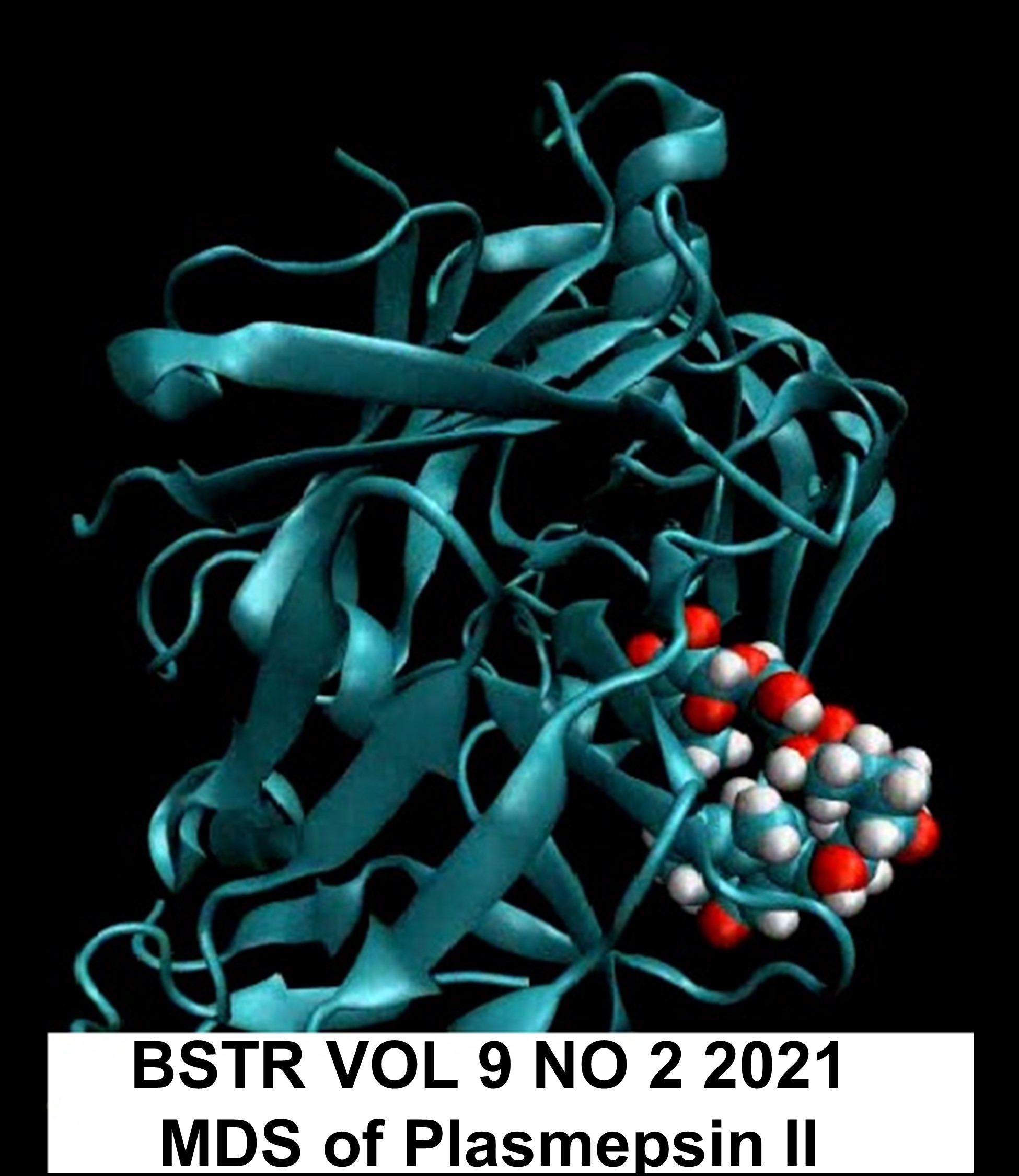Characterization of Aniline Degradation by A Previously Isolated Molybdenum-reducing Pseudomonas sp.
DOI:
https://doi.org/10.54987/bstr.v9i2.621Keywords:
Pollution, Herbicide, Bacteria, Optimum conditions, DetoxificationAbstract
Microorganisms play an integral role in detoxification and removal of toxic compounds from the environment. Aniline is the simplest aromatic amine, consisting of a phenyl group attached to an amino group that is used as herbicide to control weeds. Aniline is detrimental to both environment and health. In this research, six previously isolated bacteria (isolate A-F) were screened on Bushnell Hass media for their potential to grow and utilize aniline as a sole carbon source. Isolate A (Pseudomonas sp.) was found to tolerate and grow best with aniline sole source of carbon. Optimum conditions for aniline degradation by this isolate were found to be pH 6.0, temperature between 30 and 37 °C, inoculums size of 600 μL, aniline concentration of 200 mg/L and incubation time of 96 h. The capacity of this isolate to reduce toxic aniline to less toxic form is novel and makes the bacterium important instrument for bioremediation of this pollutant.
Downloads
Published
How to Cite
Issue
Section
License
Authors who publish with this journal agree to the following terms:
- Authors retain copyright and grant the journal right of first publication with the work simultaneously licensed under a Creative Commons Attribution License (http://creativecommons.org/licenses/by/4.0) that allows others to share the work with an acknowledgement of the work's authorship and initial publication in this journal.
- Authors are able to enter into separate, additional contractual arrangements for the non-exclusive distribution of the journal's published version of the work (e.g., post it to an institutional repository or publish it in a book), with an acknowledgement of its initial publication in this journal.
- Authors are permitted and encouraged to post their work online (e.g., in institutional repositories or on their website) prior to and during the submission process, as it can lead to productive exchanges, as well as earlier and greater citation of published work (See The Effect of Open Access).


